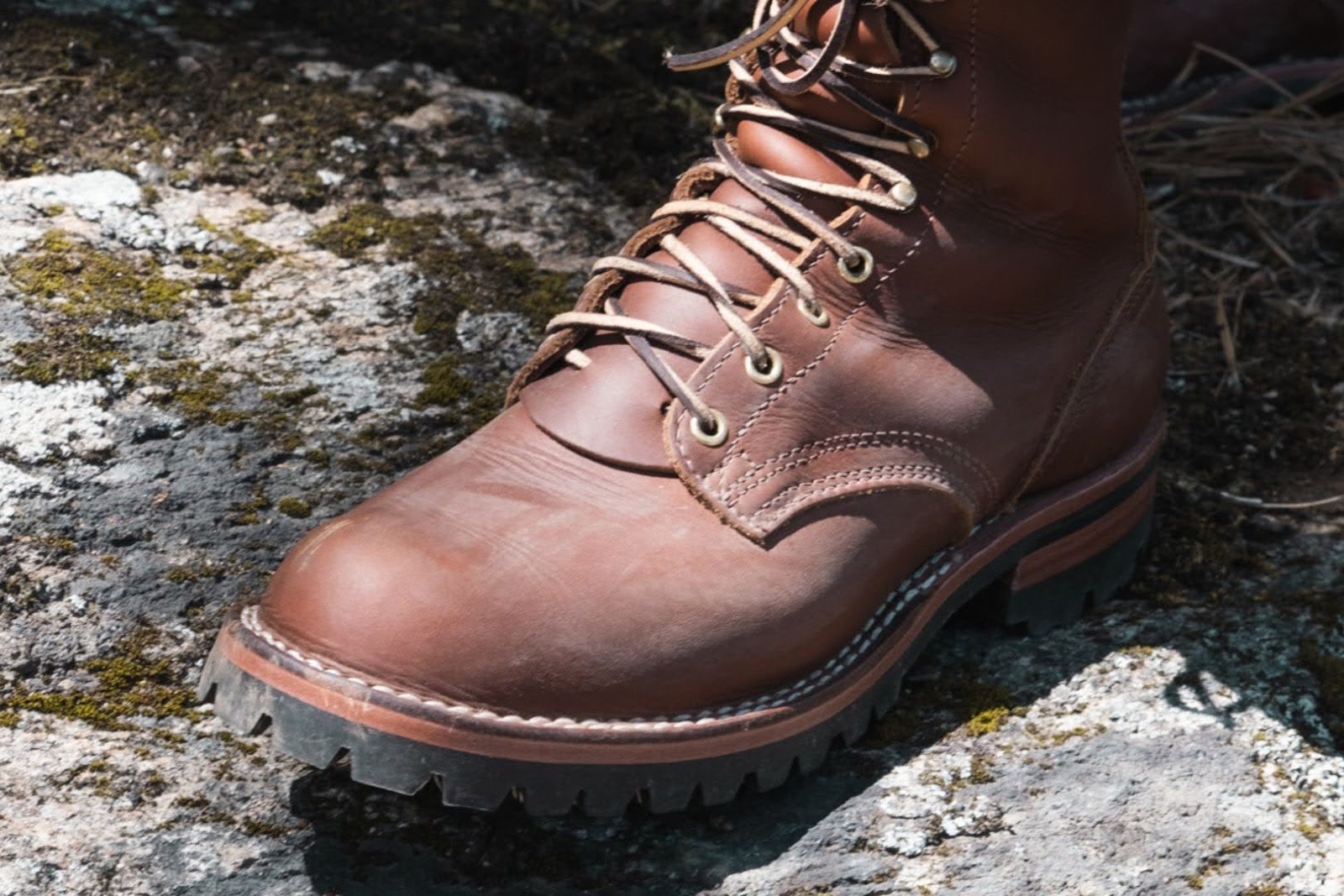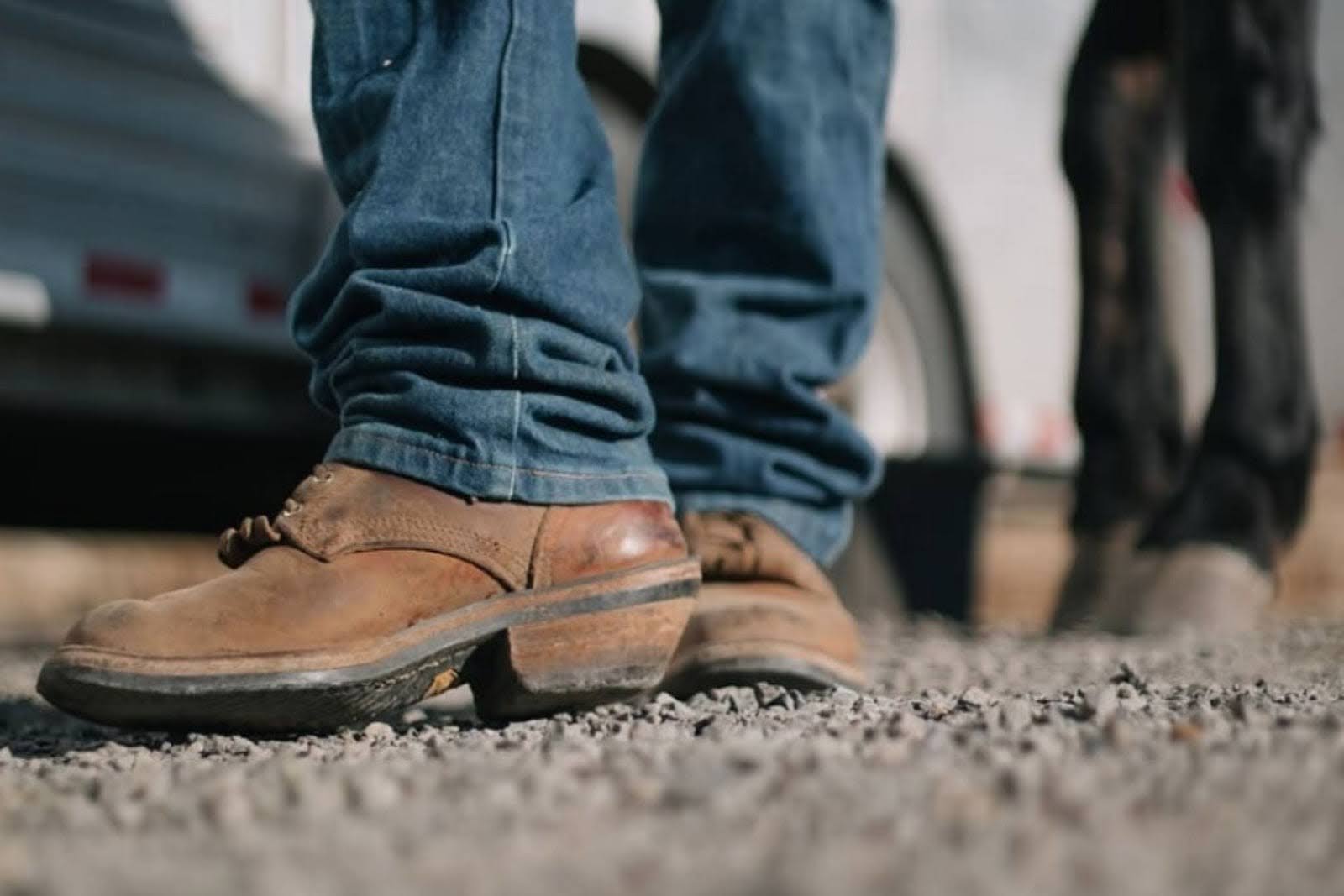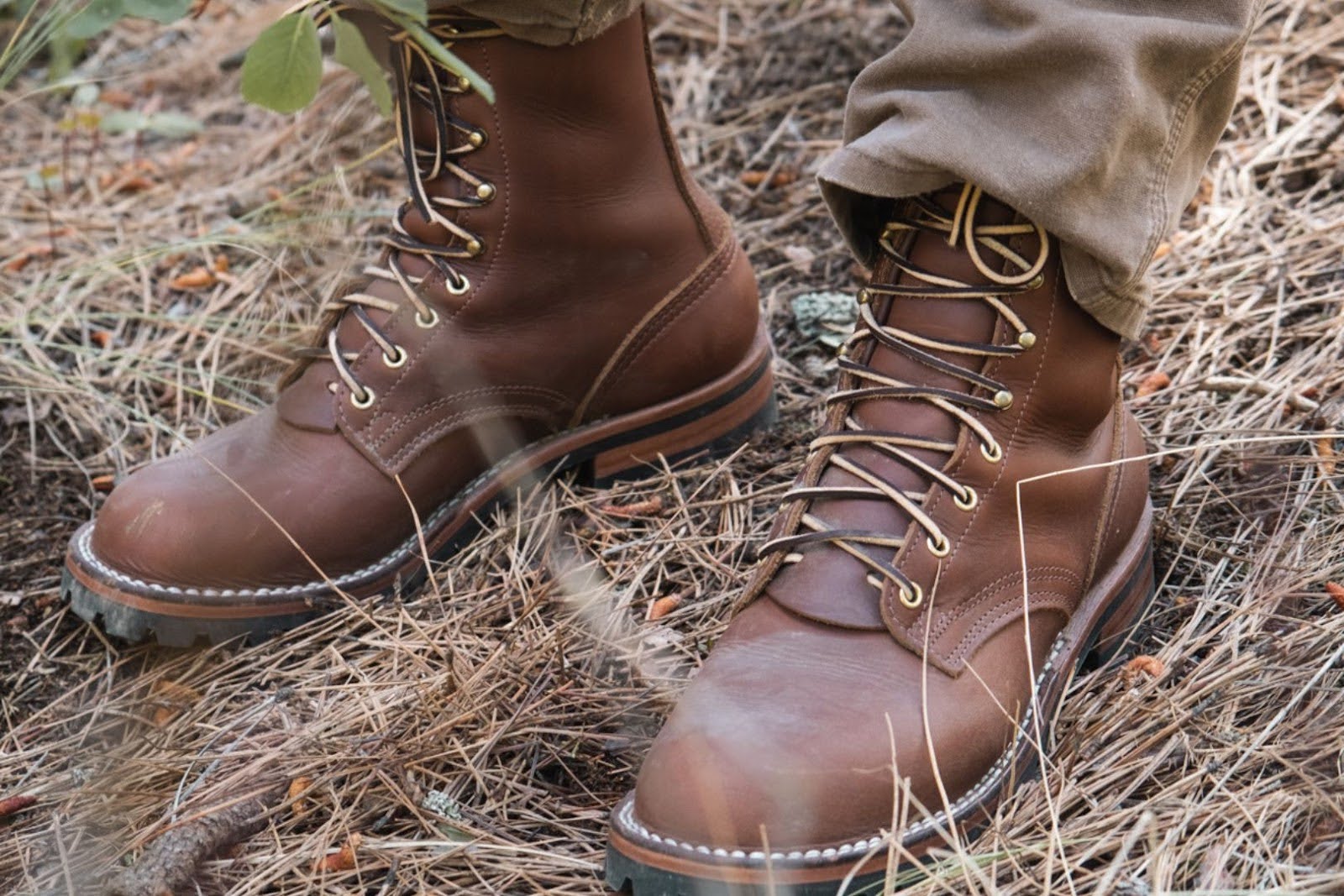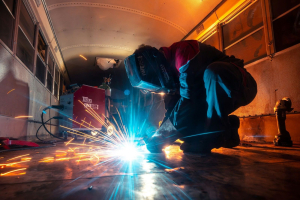Leather Boots

One of the primary benefits of leather boots is their durability. High-quality leather boots can withstand everyday wear and tear, making them a wise investment for your shoe collection. With proper care and maintenance, leather boots can last for years and even develop a beautiful patina that adds character to the shoes.
In addition to their durability, leather boots are also known for their comfort. The natural properties of leather allow the boots to mold to your feet over time, providing a customized fit that enhances comfort with each wear. This makes leather boots an excellent choice for long days on your feet or outdoor activities that require sturdy footwear.
The Craftsmanship Behind Leather Boots
High-Quality Materials Selection
When it comes to Nicks Boots leather boots, the craftsmanship behind each pair plays a pivotal role in their quality and longevity. Skilled artisans take pride in the intricate process of crafting leather boots. This ensures that every detail is meticulously attended to.
Meticulous Stitching Detail
The process of shaping and constructing leather boots requires precision and expertise. Artisans carefully cut the leather into precise patterns that will later be stitched together to form the boot. Each component, from the upper to the sole, is meticulously crafted to ensure a perfect fit and comfortable wear.
Strong And Secure Stitching
Stitching is another critical element of leather boot craftsmanship. Whether hand-stitched or done by machine, the stitching on leather boots should be strong and secure to withstand daily use. Skilled artisans pay close attention to the stitching detail, ensuring that it not only adds to the aesthetic appeal of the boots but also enhances their structural integrity.
Finishing Touches
Finishing touches such as polishing, buffing, and adding protective coatings are crucial steps in the craftsmanship process. These final touches not only enhance the appearance of the leather boots but also protect them from damage and extend their lifespan. Each pair of leather boots tells a story of dedication, skill, and attention to detail.


Benefits Of Wearing Leather Boots
Protection
Leather boots provide better protection for your feet compared to shoes made from other materials. They offer more ankle support, helping to prevent injuries. They can shield your feet from harsh weather conditions like rain and snow.
Versatility
Leather boots are incredibly versatile and can be dressed up or down depending on the occasion. From casual outings to formal events, leather boots are a versatile footwear option that can complement a wide range of looks. Overall, leather boots are a smart choice for anyone looking for footwear that combines style, durability, comfort, and protection.
Durable And Long-Lasting Nature Of Leather
Leather boots are well-known for their durability and long-lasting nature. This is due to the inherent characteristics of leather as a material. Leather is strong and sturdy, providing excellent protection for your feet in various weather conditions and terrains.
Natural Properties Of Leather
The durability of leather boots can be attributed to the natural properties of leather, such as flexibility and tensile strength. Leather is known to stretch and flex without losing its shape, allowing it to conform to the shape of your feet over time. This not only enhances the comfort of wearing leather boots but also contributes to their longevity.
Aging Beautifully
Additionally, leather is a material that ages beautifully. Over time, leather boots develop a rich patina that adds character and charm to the footwear. This patina not only enhances the aesthetics of the boots but also acts as a protective layer, making the leather more resistant to scratches and scuffs.
Care And Maintenance
Proper care and maintenance are essential to ensure the longevity of leather boots. Regular cleaning, conditioning, and waterproofing can help preserve the quality of the leather and extend the lifespan of your boots. By investing time in caring for your leather boots, you can enjoy them for many years to come.


Maintenance Tips For Leather Boots
Proper care and maintenance are essential. They ensure that your leather boots stay in excellent condition for years to come. Here are some valuable tips to help you prolong the life of your favorite leather footwear:
Regular Cleaning
Remove dirt and dust from your leather boots regularly using a soft brush or damp cloth. This will prevent dirt buildup. This can otherwise eventually cause damage to the leather material.
Conditioning
Leather is a natural material that can dry out over time, leading to cracks and discoloration. Apply a high-quality leather conditioner to your boots to keep the material moisturized and supple. Conditioning also helps to restore the natural oils in the leather, prolonging its lifespan.
Protection
To protect your leather boots from water and stains, consider using a waterproofing spray or wax. This will create a barrier against moisture and prevent damage from spills or rain. Reapply the waterproofing product periodically, especially if you expose your boots to wet conditions frequently.
Storage
When not in use, store your leather boots in a cool, dry place away from direct sunlight. Avoid storing them in plastic bags or airtight containers, as this can trap moisture and lead to mold growth. Instead, use a breathable shoe bag or box to protect your boots from dust and air exposure.
Professional Cleaning
If your leather boots are heavily soiled or stained, consider taking them to a professional leather cleaner. They have the expertise and tools to clean your boots effectively without causing damage to the material.
By following these maintenance tips regularly, you can ensure that your high-quality leather boots remain in top condition.
Read also:
Frequently Asked Questions
How do you properly size leather boots?
To properly size leather boots, measure your feet late in the day when they are at their largest. Consider the socks you plan to wear with the boots, and make sure there is about a thumb's width between the front of the boot and your longest toe for comfort. It's also crucial to pay attention to the width of the boots and your foot type to ensure a snug fit.
Can leather boots get wet?
Leather boots can get wet, but prolonged exposure to water can damage the material. It's important to waterproof your leather boots and dry them properly if they become wet. Avoid direct heat sources when drying, as this can cause the leather to crack.
What is the best way to clean leather boots?
The best way to clean leather boots is to first remove any dirt or debris with a soft brush. Then, using a damp cloth, gently wipe the leather. For tougher stains, use a leather cleaner formulated for the type of leather your boots are made of.
How often should you condition leather boots?
You should condition leather boots every 3 to 6 months, depending on how often you wear them and the conditions they're exposed to. If your boots are regularly subjected to harsh conditions, consider conditioning them more frequently to keep the leather supple and prevent cracking.
Are leather boots suitable for snow and ice?
Leather boots can be suitable for snow and ice if they are properly waterproofed and insulated. However, not all leather boots are made for extreme winter conditions, so it's important to choose a pair designed for winter wear that offers adequate traction and thermal protection.
How can you stretch leather boots for a better fit?
To stretch leather boots for a better fit, consider using a boot stretcher or wearing thick socks and using a hairdryer to gently warm and stretch the leather where it feels tight. You can also take them to a professional cobbler for stretching.
What is the difference between full-grain and top-grain leather in boots?
Full-grain leather includes the entire grain layer, without any surface alterations, making it the most durable and breathable form of leather. It often develops a beautiful patina over time. Top-grain leather, on the other hand, has been sanded to remove imperfections, making it thinner and more pliable than full-grain, but slightly less durable.
How long do leather boots typically last?
The lifespan of leather boots varies depending on the quality of the leather, construction, and how well they are maintained. With proper care, high-quality leather boots can last anywhere from 5 to 20 years or even longer.
How can you repair scuffed leather on boots?
To repair scuffed leather on boots, start by cleaning the area gently. Then, use a leather repair cream or shoe polish that matches the color of your boots to fill in the scuffs. Apply the product with a soft cloth, allow it to dry, and then buff with a clean cloth. For deeper scuffs, you may need to seek professional repair.
Is it better to buy leather boots a size smaller or larger?
Generally, it's not advisable to buy leather boots in a size smaller, as they may be too tight and uncomfortable. Leather does stretch a bit with wear, but not enough to compensate for a size that's too small. It's often safer to buy a size larger if you're in between sizes, as you can use insoles or thicker socks for a better fit.





Validate your login